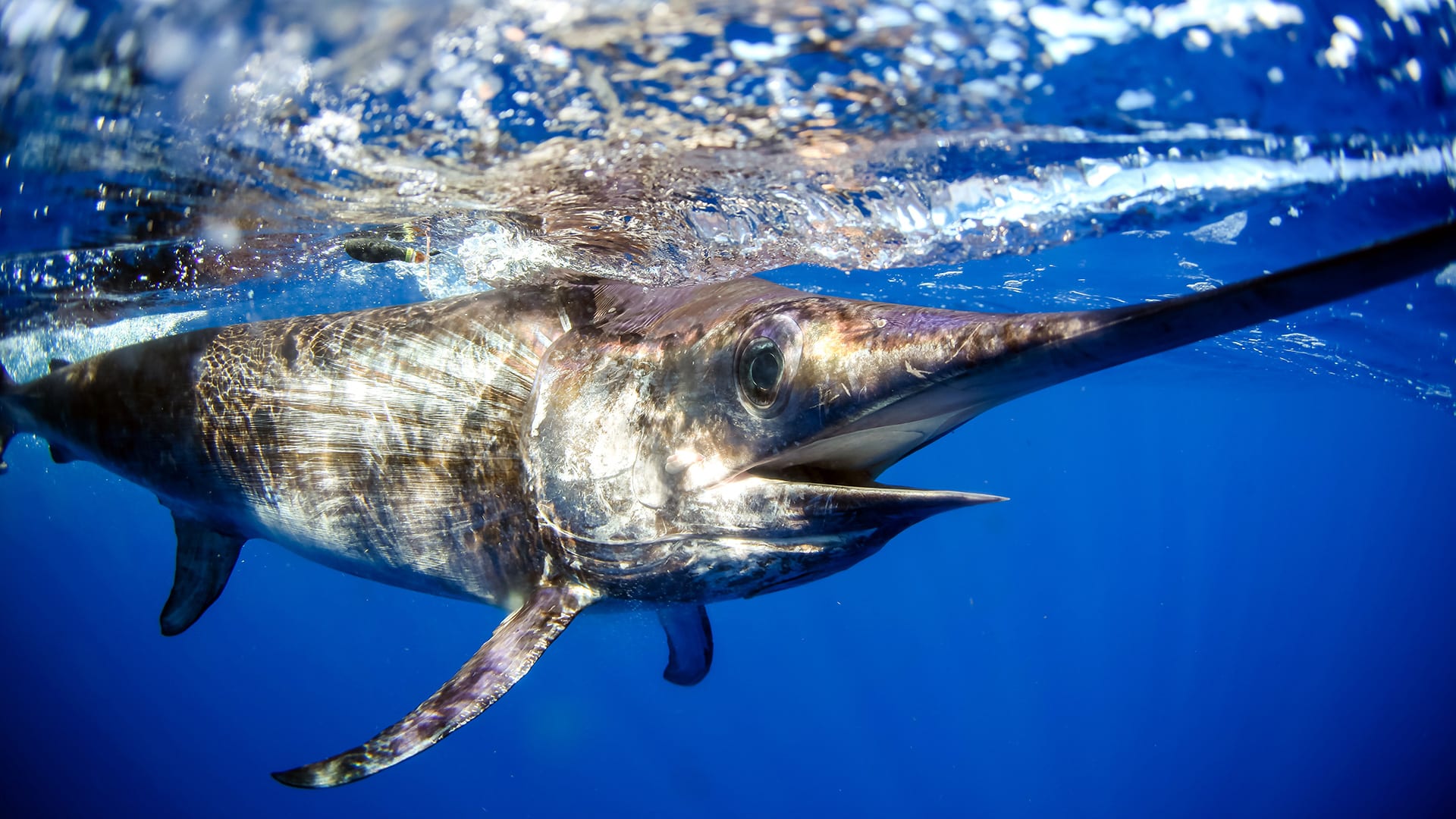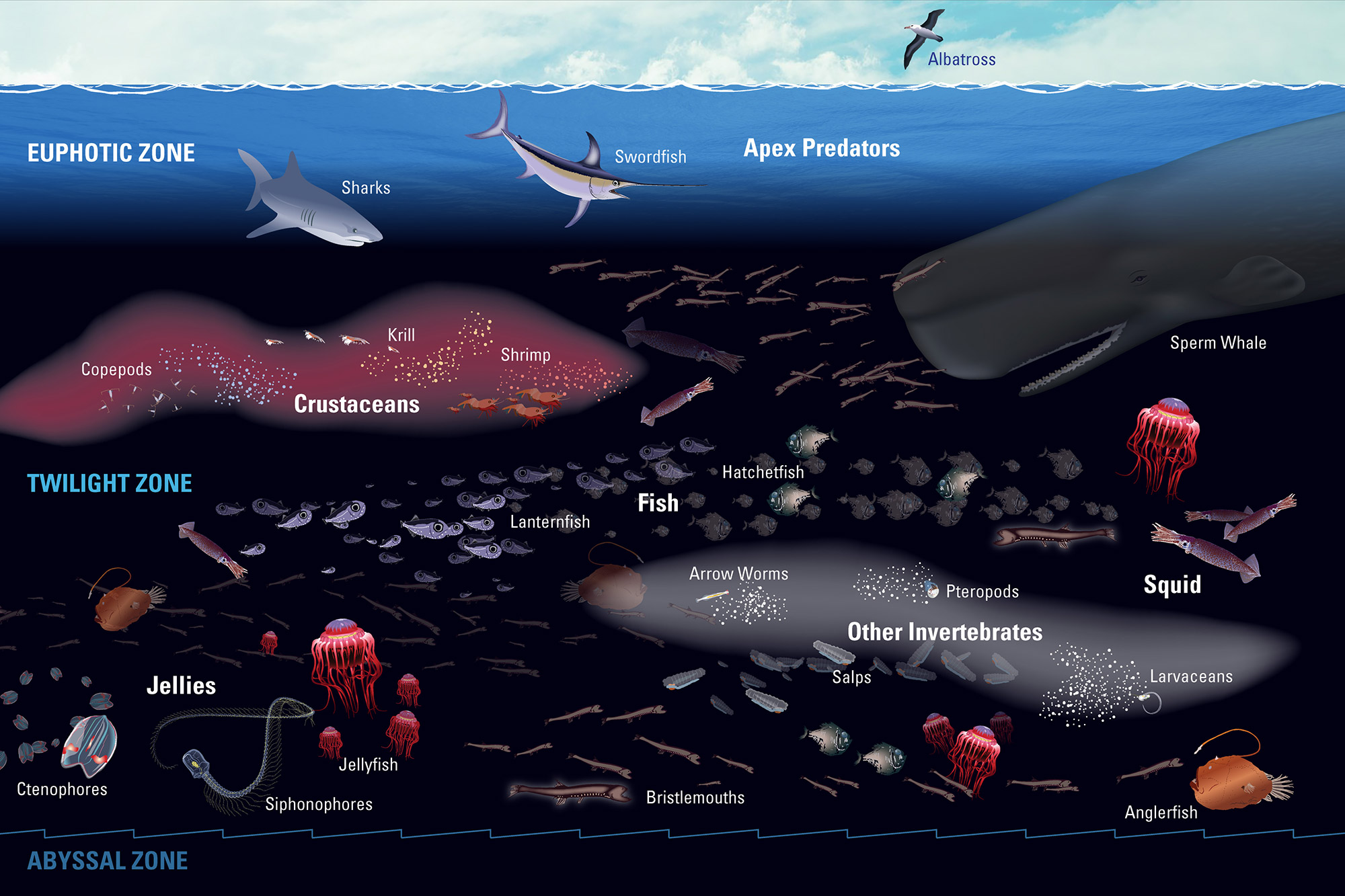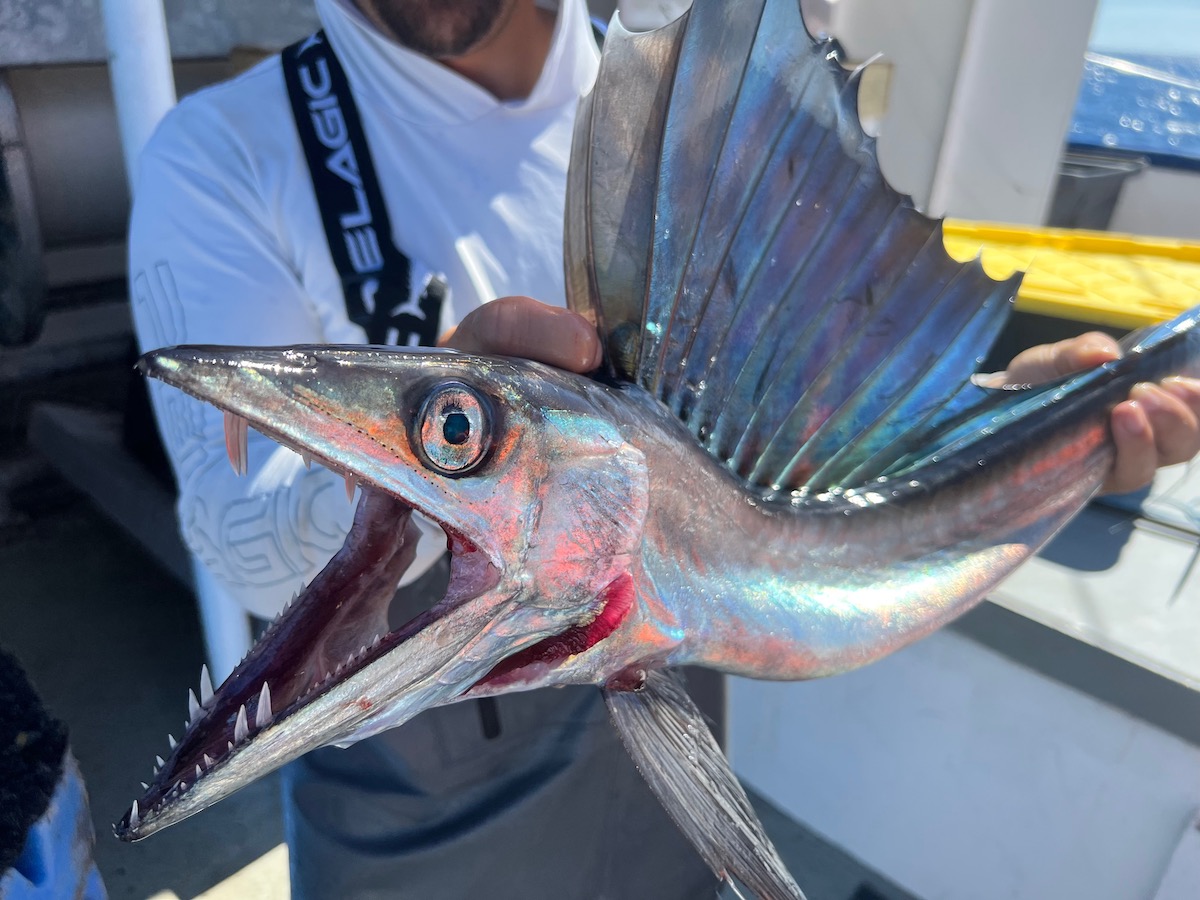Update: OTZ Food Webs
December 9, 2020

One of the key ways our team is working to understand the ocean twilight zone is by studying its complex food webs. Our researchers are currently employing a wide range of methods to do so, including environmental DNA (eDNA), net tows, animal stomach contents, holographic imaging, and sonar readings. Together, these methods can help to identify which species are present and how they interact with each other.
Mapping out who eats whom, from the smallest microorganisms to the largest predators, will reveal complex relationships between predators and prey, and will offer new insight on both the biology of the twilight zone and its role in removing carbon from surface waters to the deep ocean. This data will be essential for deciphering the function and importance of the twilight zone ecosystem as a whole.
 Over the past year, our team members have continued to chip away at the mysteries of the OTZ food web. In 2020, the team discovered that animals in the twilight zone don’t just interact within a single food web. Instead, they appear to make up at least two distinct, yet related systems: one that interacts with surface food webs and another that appears to remain at depth, largely separate from the surface. The OTZ team revealed the link between the twilight zone and surface food webs using a powerful tool called “compound-specific stable isotope analysis,” that quantifies the ratio of carbon 13 and carbon 12 isotopes in certain amino acids. Researchers can use isotope signatures to track the flow of carbon from primary producers at the base of ocean food webs all the way to top predators foraging in the ocean twilight zone. Eventually, this stable isotope method may help identify the source of primary production that is fueling the remarkable biomass located in the ocean twilight zone.
Over the past year, our team members have continued to chip away at the mysteries of the OTZ food web. In 2020, the team discovered that animals in the twilight zone don’t just interact within a single food web. Instead, they appear to make up at least two distinct, yet related systems: one that interacts with surface food webs and another that appears to remain at depth, largely separate from the surface. The OTZ team revealed the link between the twilight zone and surface food webs using a powerful tool called “compound-specific stable isotope analysis,” that quantifies the ratio of carbon 13 and carbon 12 isotopes in certain amino acids. Researchers can use isotope signatures to track the flow of carbon from primary producers at the base of ocean food webs all the way to top predators foraging in the ocean twilight zone. Eventually, this stable isotope method may help identify the source of primary production that is fueling the remarkable biomass located in the ocean twilight zone.
The team also published several studies quantifying the amount of time that large pelagic predators spend in the ocean twilight zone, and closely examined more than 600 individual animals to better understand each organism’s lifespan, growth rate, and age at maturity. All of these characteristics, when taken together, are critical to understand a species’ resilience to fishing pressures.







